Kontakte by Karlheinz Stockhausen in Four Channels
Analysis Notes, October–November 2008, April 2009
Home | Introduction and User Guide | Credits
⇐ | Intro 1234567891011121314151617181920212223242526272829303132333435363738Outro | ⇒Introduction
A North American homage to the memory of one of the great composers of the past century, Karlheinz Stockhausen. Stockhausen’s influence on western music is well-known. His continuing impact on the discipline of electroacoustics is felt everywhere. This presentation will start with a short “guided tour” of some of the features of Kontakte, in a rare presentation of the four-channel tape version — with the introduction (and numerous examples) given by Kevin Austin.
These notes have been prepared as a kind of “word-based guide” through Stockhausen’s Kontakte. They may be freely adapted by those who find them useful, for Stockhausen’s work is of the universe, and Kontakte is no less so as he explored unknown sonic potentials.
This presentation is not so much about the technical details of the piece, general concepts and details of which can be found from many sources, but is rather a guided tour designed to help the listener develop “accelerated listening”, in fact, to “hear more” on a first (or fiftieth) hearing by pre-focusing the mind and potentially removing a number of layers of pre-processing.
It is April 2009, and I present this introduction at the SEAMUS Conference as a sort of personal / North American homage to the memory of one of the great composers of the past century, Karlheinz Stockhausen, whose influence on western music is well-known. Even some fifty years after the composition of Kontakte, his continuing impact on the discipline of electroacoustics is felt everywhere.
Having listened to the piece for over 40 years, I hear new things on every occasion, and like most people, my experience had been with one of the stereo versions available on LP, and later on CD. The four-channel version — the original, has been quite another experience.
My description is based solely upon listening, an informed listening having heard the four-channel version possibly 15 times complete, and having shared detailed aural analyses with many classes I have taught at Concordia University, in Montréal.
I suggest that the reader have the CD at hand, and that for analytic listening, it be heard in an environment with good speakers, and played from a sound program that gives a detailed amplitude timeline and also makes spectrograms available.
Following you will find about 38 divisions of the piece, sometimes corresponding to Stockhausen’s own sections, but frequently not. This does not place the two views in opposition in any way, as the composer’s divisions are based on compositional considerations, while mine are based on how to “present” a long piece to a mixed audience in such a way as to continually maintain interest by varying the sizes of the examples.
Kontakte, composed in 1958–1960, is about 35 minutes long, and for now I will consider the piece as a theatrical / spiritual event, beginning from silence, and returning to it. Although the silence is forever changed.
Space
As a general note on the creation / use of space, Stockhausen treats the four channels as four synchronized mono channels. The technology of the time did not provide for (easy) matrix-based panning, and the rotating sounds were created by the famous rotating loudspeaker and four microphones.
Some of the characteristics of this technique include:
- no real “panning”
- subtle Doppler effects
- off-axis coloration as the speaker changes position
Kevin Austin, Montréal. November 2008, April 2009.
Sections in Kontakte and Descriptive Timeline
I use the convention of naming the channels by their location: LF / RF / RB / LB for left front, right front, right back and left back, respectively.
Stockhausen noted that the timings given in the score did not quite correspond to those on the tape, therefore timings will have to be adapted to correspond [see SideBar]. Note: the tape starts with eight seconds of silence. All timings and durations relate to the four-channel digital audio files purchased from Stockhausen Verlag.
User’s Guide
The sections as I have done them are presented individually below, each comprising several components. Immediately underneath the screen capture of the 4-channel waveform, the Key Characteristics for each section are listed in point form. At the bottom left of each section you can play an audio file (MP3) of my presenting the Analysis of the Section at EuCuE Series XXVII.1 (Oscar Peterson Concert Hall, Concordia University, Montréal 5 November 2008). An audio Excerpt of the Section (bottom centre) provides a recording of the excerpt played as accompaniment to my live analysis in the Oscar Peterson Concert Hall. 1 [1. The permission from Stockhausen Verlag does not allow a high quality audio presentation of the excerpts here. The reader is encouraged to visit the Stockhausen Verlag website for CD ordering information. Kontakte is published on Stockhausen Verlag CD 3 (electronic version described in this article) and CD 6 (version for electronic sounds, piano and percussion).] Finally, click on the Spectrogram links (bottom right) to view spectograms of the the 4 individual channels as well as a mono summation of all four channels (“4ch”).
Click on a section title (e.g. “Section 1. — dur. 02:04”) or on a section number at the top of the page to load a page containing the components described above for only that section. Click on “Home” (top left of page) to return to the page containing all 38 sections and texts.
Introductory Remarks
Prior to the presentation of the individual sections of the piece, I gave some background on the era and context in which Stockhausen composed Kontakte, the editing techniques of the time and more.
Key Characteristics
Mélange, many sounds, many locations:
- sustained <-> short
- simple <-> complex
- one channel / several channels
- one sound; two sounds, overlapped on one channel
- use of space, both controlled and chaotic
- mostly loud; noisy, quasi-noise, metallic, pitched, damped oscillation
Key Characteristics
Quiet, sustained.
- similar types of sounds
- occupation of space by quasi-immersion; “unison”, and imitation
- apparent motion
Key Characteristics
Sustained sounds, quiet.
- long gestural durations
- motion is “between”, and amongst speakers
- use of “contrast” sound(s) / describe them
- densification over time
- controlled use of space
- “one” sound gets moved about
- quasi-cadence is a kind of “section marker”
Key Characteristics
About space and duration.
- which channels are used?
- three channels “circle” (RF, RB, LB)
- LF is treated as “solo”
- division of space as 3 1
Key Characteristics
Sustained sound(s); quiet.
- single sound (simple), or:
- an integrated sound containing layers
- pitch–fixed or variable? does it change?
- which channels are paired together?
Key Characteristics
Contrasts!
- how many types of sounds?
- what are their durations? (long, short, solo, groups…)
- how many “characters” pass across the stage?
- who are they?
- what is their mood?
Key Characteristics
Sustained or transitory?
- dynamics (quiet)
- register(s) (mid / high)
- simple or complex sounds?
- which channels
Key Characteristics
Individual channels / soli.
- how does the “introduction” function? (first 30 seconds) Rotation.
- sustained or granular?
- how many layers?
- direction of rotation, and speed
- what is the rate of change (velocity of the trajectory)
- is this a pre-echo of the end
- how do the interjections function in terms of changing or displacing the rotating layer?
Key Characteristics
Sustained and rotation.
- how many layers? (sustained, transient)
- how many sounds?
- are they separated register / gesture / articulation / location?
- how “important” is the spatial / rotational aspect
- there is a decay of independence of sounds and channels, a kind of coming together
- which sounds relate to other sections of the piece
Key Characteristics
Unison types of sound; how many layers?
- pitch-change; quasi-Doppler
- which channels change? which is last out?
Key Characteristics
Sound in solo speakers.
- how many layers in a channel (e.g. LF)?
- foreground / background relationship?
- are some sounds related to each other?
Key Characteristics
Paired speakers?
- sustained sound (reverb) to separated (dry)
- focus on the direction of the sound
- how does the interruption sound at 12:21 function?
- is this overall a gesture of decay?
Key Characteristics
Four channel unison.
- resonant sine tone (pulse into a resonant filter)
- (single sound <-> fused sound)
- register(s)
- attack / decay characteristics
- regularity?
- speed of attack
- sustained sound simulated through rapid reiteration (granulation effect)
- dynamics (mostly crescendi); sound aggregates getting louder
- Continuum from (1) sound (2) same sound repeated (3) different sounds fusing.
Key Characteristics
Canonic unison and cadence.
- LF (180 ms delay) -> LB / RB (180 ms delay) -> RF
- quasi-circular motion, left > back > right
- how many different types of sounds? are the %u2018conglomerations%u2019?
- what are the relationships between the sounds?
- cadential sound, as an addition or summation of previous sounds
Key Characteristics
Three independent speakers.
- LF and RB share common material
- LB reverberated continuous sound (metallic)
- RB, then LF, impulses, and addition (capture) of continuous sound
- ascending (then slightly descending) glissando interjections
Key Characteristics
Sustained decay.
- RB fades out under start (overlapped sections)
- double-canon at 180 ms of RF and LB; compare to 15, above
- Canon A: RF precedes LB by 180 ms
- Canon B; LB precedes RF by 180 ms
- difficulty in sound localization because of the complexity of the relationships of the multiple canons
- segue into [17]
Key Characteristics
Accretion of materials.
- dominance of LF and RB; in opposition to cue [16]
- LB is largely silent
- introduction of resonated pulse
Key Characteristics
Four channels, two layers.
- bouncing sine tone
- rotating granular (whirling rotation) sound [RB]
- fixed pitch / glissando
- generalized sense of rotation
Key Characteristics
Unison marker, and two layers.
- quasi-canonic interplay (imitation)
- RF and LB (axis)
- “wooden” resonated tone
- whirling pan
- axis pairing of channels (LF / RB; RF / LB)
Key Characteristics
Solo channel, multi-layered, RF.
- two distinct layers
- sustained mid-range spectral sound
- band passed pulse complexes
- quasi-union, then decay
- small elements of the sustained sound survive the attack
Key Characteristics
Spatial decay.
- from 4 channels to 2 channels
- surround collapses to left side (front and back)
- homophony yields to exchange
- bell-like in RB; wooden chords
- single “line” made up of four-part texture
- single line is panned front and back (left side)
Key Characteristics
Sudden change.
- three layer sound (slow) panned on axis, RF / LB
- includes active BP pulse wave (to recur later)
- FL solo; multi-layered complex, active
- RB silent
Key Characteristics
Two “layers”; static background, dynamic foreground.
- two / three layered sound moved LF / RF, seven times
- RB channel faded in; same as LB but 180 degrees out of phase
- note eventual “similarity” of the two parts
- front channels are a preparation for [24]
Key Characteristics
Tone becomes resonant pulse (continuous sound > rhythm).
- four mono channels with same signal
- one channel becomes four; LF LB RB RF (counter clockwise addition
- adjacent channels are 180 degrees out of phase
- dry > reverb > add low level sustained accompaniment > dry > reverb
- one of the most famous parts of Kontakte
Key Characteristics
At rest.
- four mono channels with the same signal
- adjacent channels are 180 degrees out of phase
- mid-low tone and mid-range resonance
- segue to [26]
Key Characteristics
Pairs of pairs of channels; apparent motion (180 ms delay).
- channels are paired–LF / RB, RF / LB
- RF / LB pair in phase
- LF delayed 180ms for RB
- canonic tracks–RB 180ms > RF / LB 180ms > LF
- multi-layered drone / resonances (continuous)
- foreground “flickers”, often at 180 ms distance between channels
- drone transforms–how many layers are heard?
Key Characteristics
Rotational sounds.
- layered rotation
- underlying sound(s) are multi-layered [see below]
- the rotating quality is amplitude and spectrum (mainly)
- change of rate of rotation
- some rotations are (hand) synchronized to the sound source
- acceleration of rotation while slowing the elements of the source
- different cycles / parameters overlaid and mixed
- slowing and synchronizing; introduction of unison (monophonic) element, obliterating rotation
Key Characteristics
Unison space.
- the speakers are paired on the cross axis: there is no physical source being represented
- four synchronized solo channels
- apparent motion by delay (quasi-canonic); RB 180ms delay > RF / LB 180ms > LF
- rotation is both clockwise and counter clockwise
- gestures of silences and crashes; textures of solo exchanges
- the attacks are coordinated; the sounds are members of the same family
- in the mixed version this starts with the tam-tam
Key Characteristics
Unison to solos > union and disintegration.
- a game between unison,
- converging solo parts, and
- homophony / (semi-)coordinated attacks
- four solos coming together, becoming similar through use of common aspects of time and materials
- unison attack, and breaking apart
Key Characteristics
Impulse and response.
- an interplay of unisons with varying degrees of complexity
- different sets of speakers perform different functions at different times
- rotations; stasis; solos; layers
Key Characteristics
A single gestural type: attack > decay.
- two sounds, paired on the axis of LF / RB and RF / LB
- starts with multi-layered complexity (~4 seconds)
- decays into distant metallic reverberation
Key Characteristics
Axis pairings.
- quote similar (not the same) materials paired on L / RB
- unison rotation (clockwise)
- paired response with channel delay (LF / RB)
- unison response (RF / LB)
- short rotation / unison / rotation exchanges
- unison response as cadence before sudden change, with overlap
Key Characteristics
Axis tone duet of metal (glass) and wood (LF / RB).
- varying degrees of independence / codependence
- both sound families used on both channels
- slow introduction of complementary (sustained) sounds
- in silences, hints of upcoming dominant materials
- increased density of tone dialog / exchange, differentiation less explicit
Key Characteristics
Four solos as quasi-pairs.
- axis pairing
- RF / LB general high frequency modulation (ring modulator quality)
- LF / RB noise spectra (lower level)
- small additions as echo and pre-echo
Key Characteristics
Sudden break to rotating, two layers; opened spaces.
- LF > RB > RF > LB (quasi-figure 8)
- underlying sound is layered (3–4 layers / variable)
- variable rates of rotation relate to underlying sound complex
- Gesang der Jünglinge quote of descending perfect fourth, twice hinted, then sounded at 32:19
Key Characteristics
Impulse of energy; an examination on the decay of energy.
- rotation at various speeds
- cycles flow on top of and around each other, not in competition
- several layers freely mixed
- occasional rogue sounds restart the spinning, but decay and peace have set in
Key Characteristics
An attempt at resurrection.
- a temporary diversion, a last fling
- the piece began in the left front channel
Key Characteristics
Rotation and the return to silence.
There is usually about 30 seconds of silence on the tape after the final fade.
Closing Remarks
Credits
Acknowledgements
I would like to thank Stockhausen Verlag for giving me permission several years ago to present recordings of audio examples of Kontakte in concert, and as “hall pick-ups” for later listening. The original plan was to present characteristic examples of this monumental work, which I tried to do on the first few occasions.
In time, it became impossible to find “excerpts” that did justice to the creative fountainhead that Kontakte remains to today. Students and colleagues asked for documentation and more detail. The version which is presented here is a signal example of communication to a wider audience and Stockhausen Verlag’s visionary understanding that such presentations being made widely available could do nothing but enhance the reception of this work.
Thanks to Concordia students Max Stein and Julian Stein for their assistance in preparing the images and for developing the design of this presentation, and jef chippewa for his overseeing the whole process of taking an unscripted spoken presentation into an exceptional web-integrated article.
Biographies
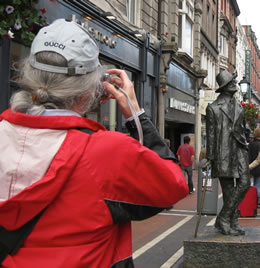
Kevin Austin, composer, teacher, arts animator, theorist, lives in Montréal and teaches at Concordia University. His creative activities run from live electronic improvisation to work with dancers, visual artists, studio composition and acoustic compositions. Since 2002, he has returned to public composition and works in mixed forms (live instruments and fixed media), fixed media ea, and in MIDI-strations. Most of his work is anecdotal in nature, and his focus is on the rather small (miniatures), or the rather large, such as Kontakte or Joyce’s Ulysses. He hopes never to find a middle ground to put things in balance.
http://music.concordia.ca/people/faculty/full-time/kevin-austin.php
Max Stein and Julian Stein are undergraduate students in the Electroacoustic Studies program at Concordia University. They are founding members of the Concordia Electroacoustic Studies Student Association (CESSA) and the creators of the Montreal Sound Map, an interactive Google Maps-based archive of Montreal's soundscape.
http://www.soundcloud.com/maxwell
http://www.soundcloud.com/julianstein
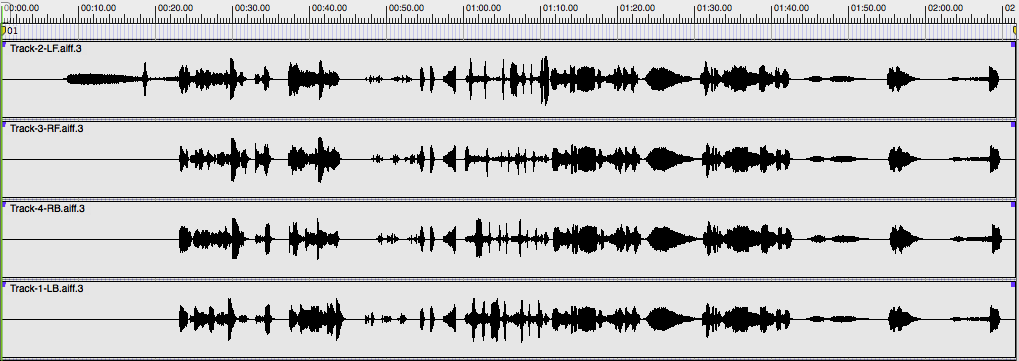

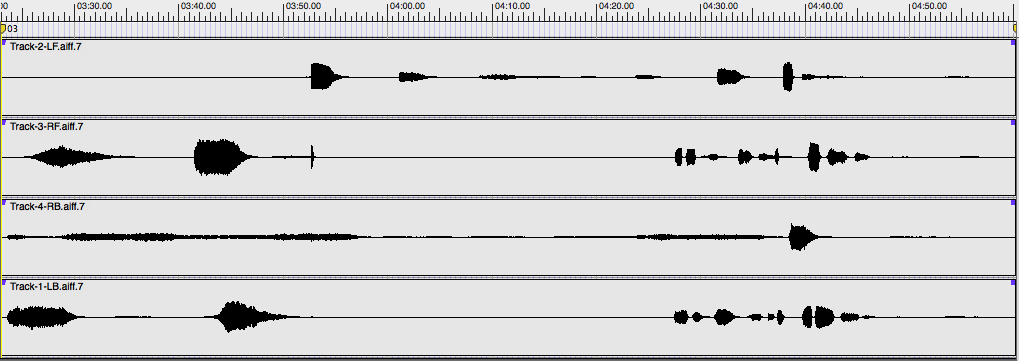
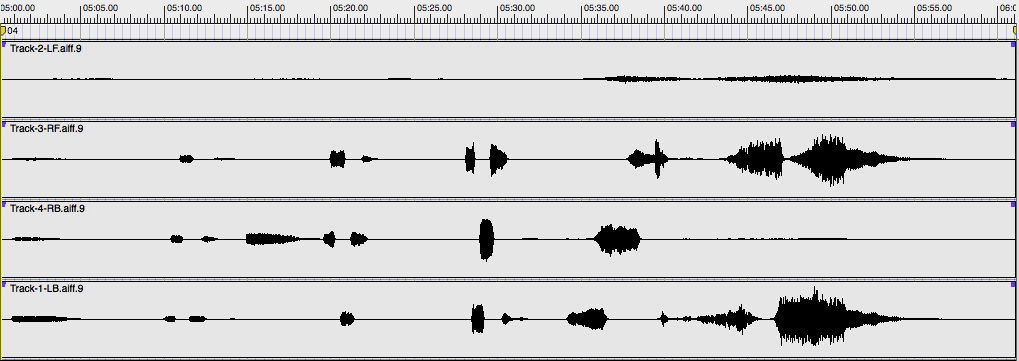
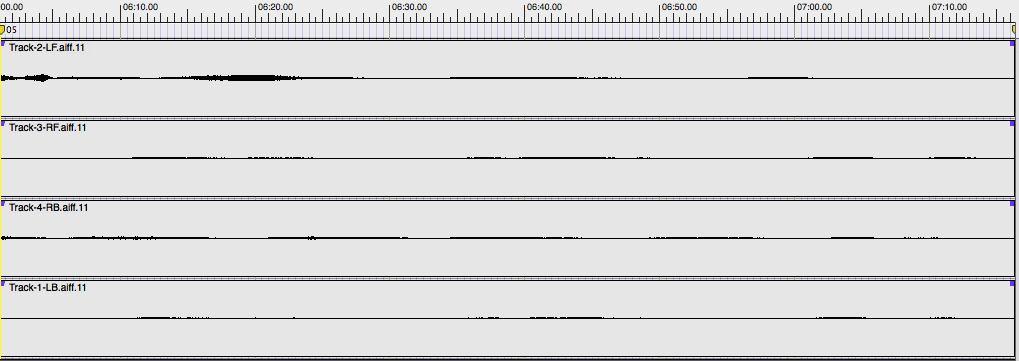
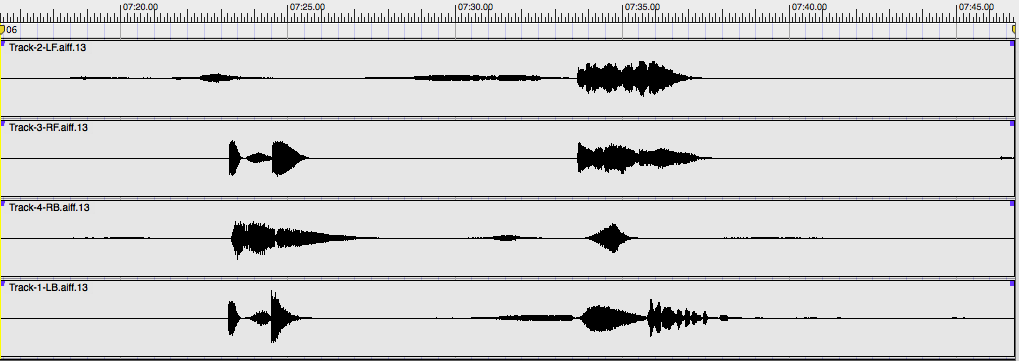

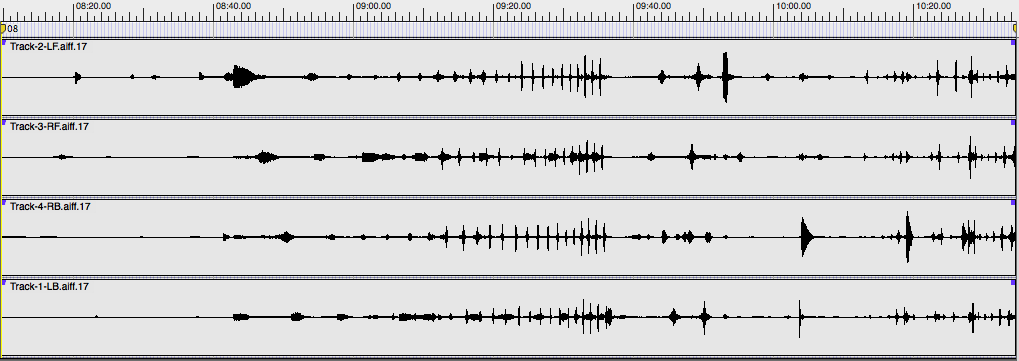
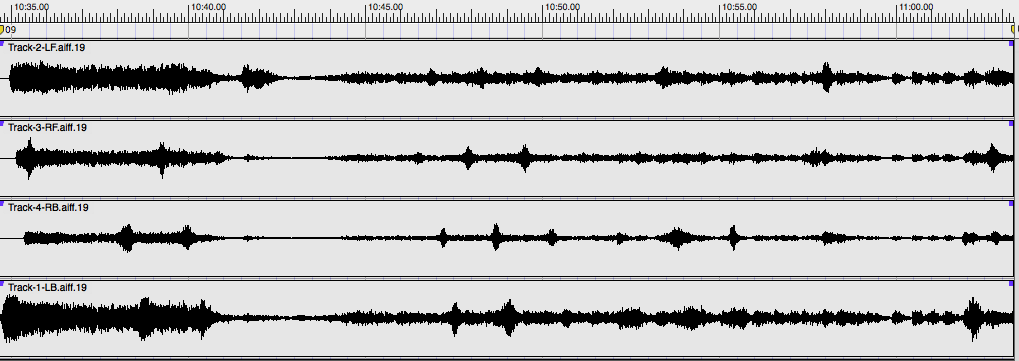


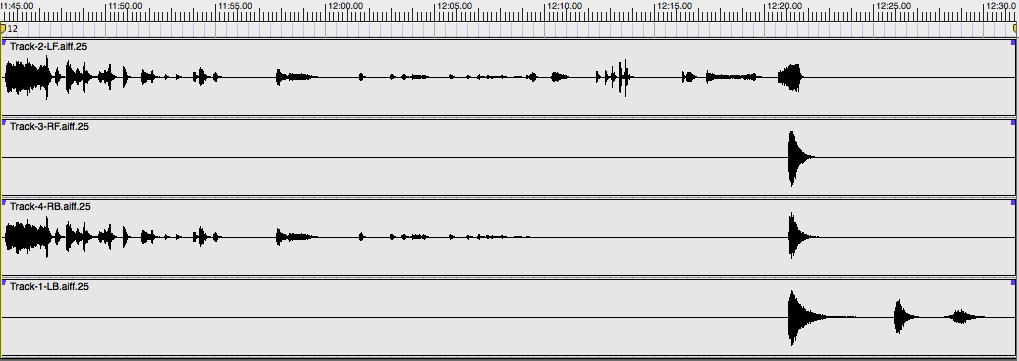



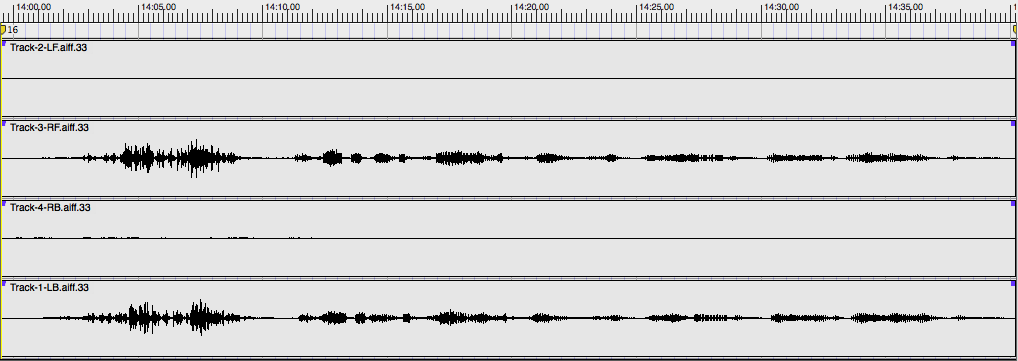
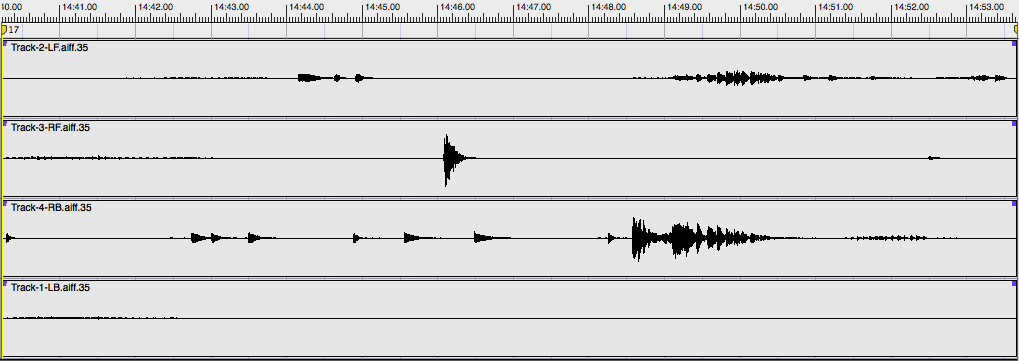

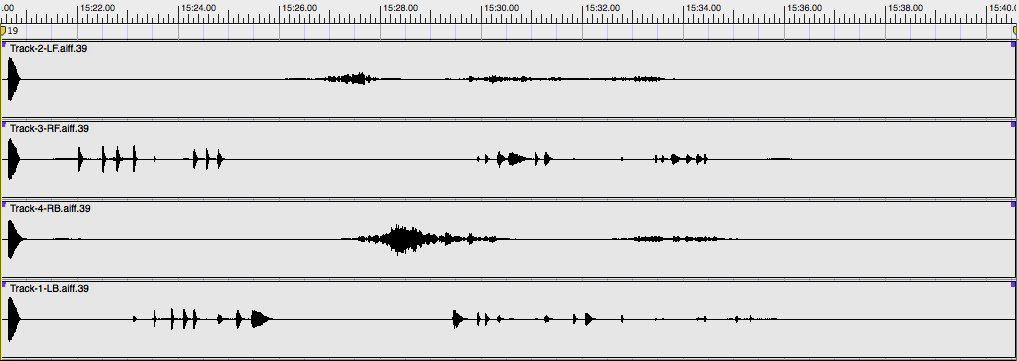

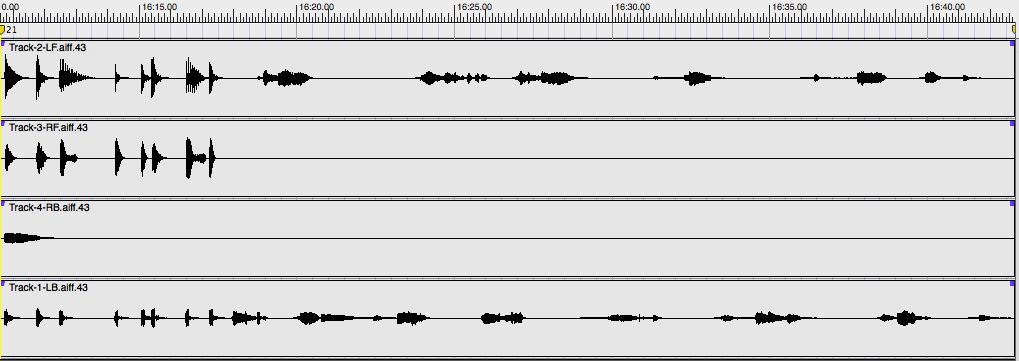



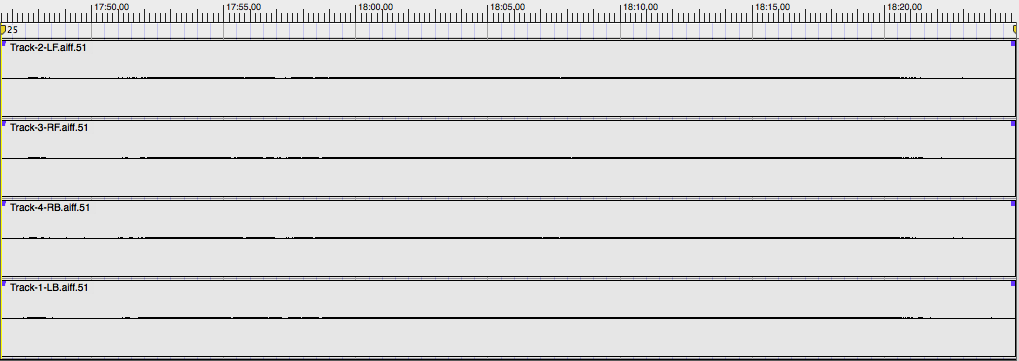
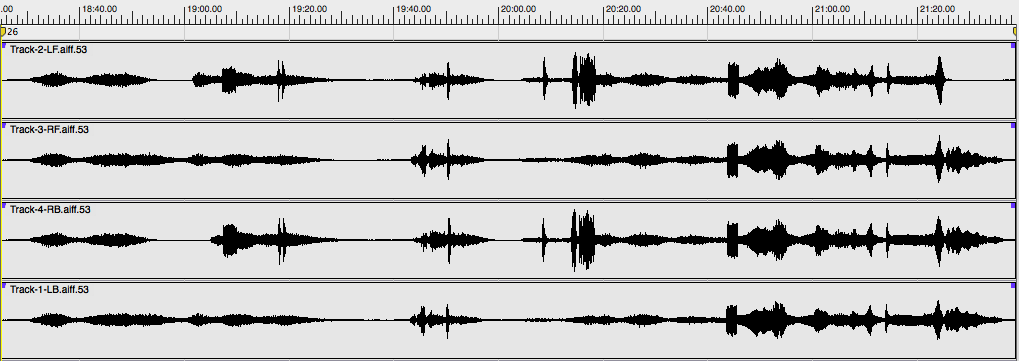
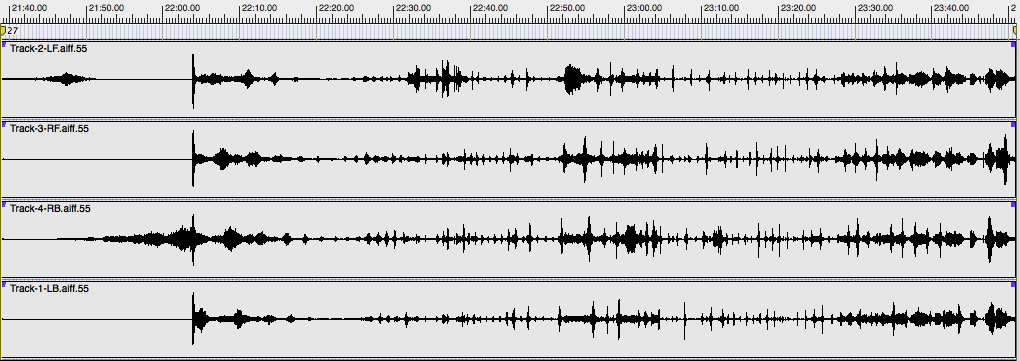







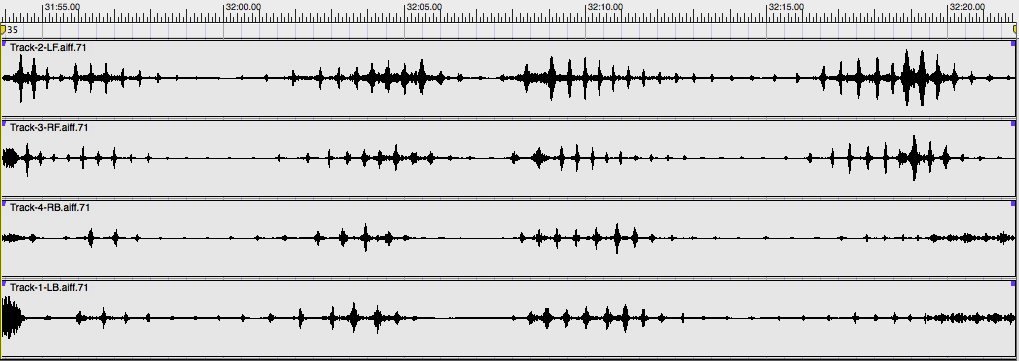


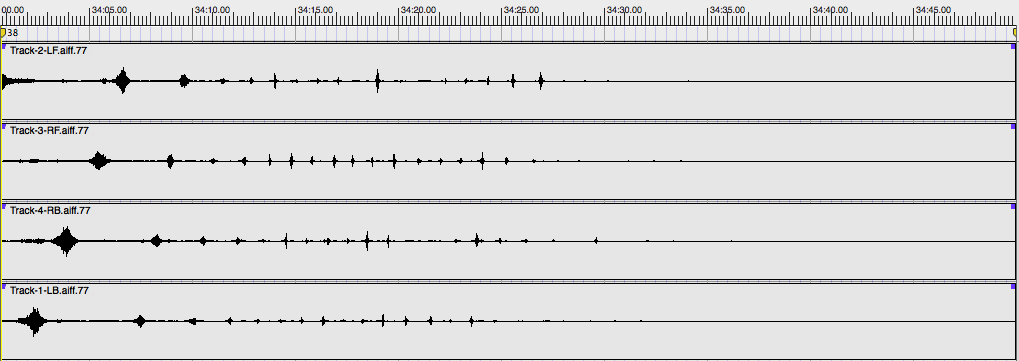
Social top